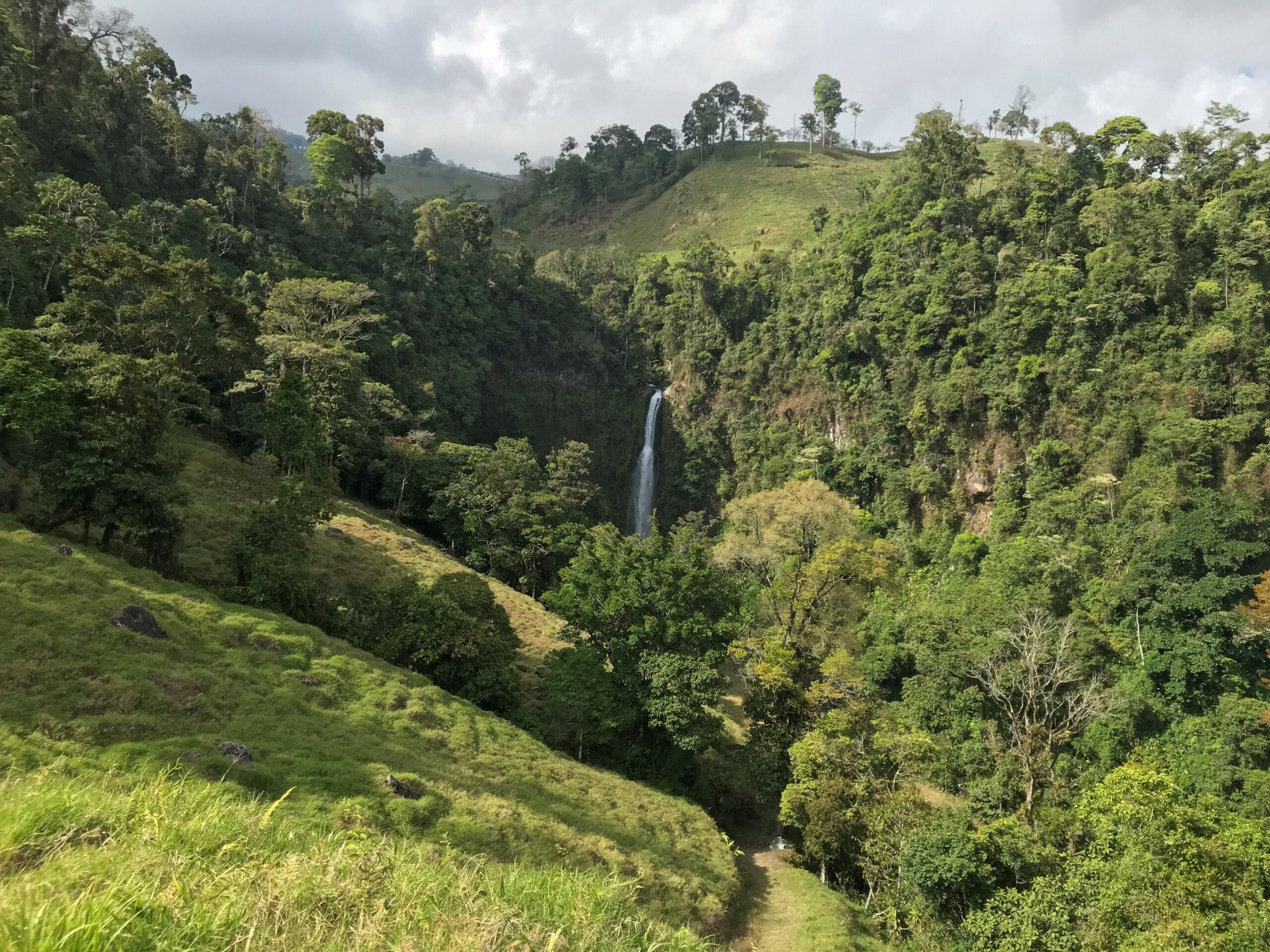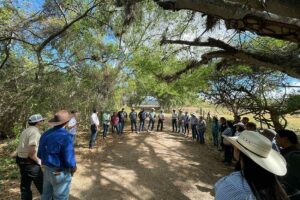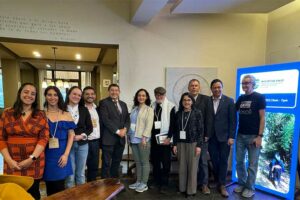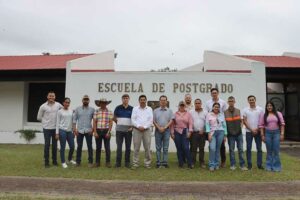New forest restoration plan in Costa Rica seeks to maximize the provision of ecosystem services

- The study was carried out in the area of the Central Talamanca Volcanic Biological Corridor, a place where CATIE has led multiple investigations that have allowed it to obtain a deep knowledge of the territory.
March 21, 2022. The degradation, fragmentation and loss of tropical forests worldwide continues to be one of the main threats to biodiversity, limiting the effectiveness of conservation efforts for plant and animal species, while promoting soil degradation and jeopardizing the proper functioning of forest ecosystems and the provision of their services.
With the aim of combating the climate crisis, promoting the well-being of communities, sustainable development, and biodiversity conservation, the United Nations General Assembly (UN) declared in 2019 the United Nations Decade for Ecosystem Restoration (2021-2030), which has served as a stimulus for the development of research to deepen knowledge for the design and implementation of effective ecological restoration plans.
The recent study "Multi-objective forest restoration planning in Costa Rica: Balancing landscape connectivity and ecosystem service provisioning with sustainable development", is part of the different efforts to achieve the restoration objectives in the next ten years and recover ecosystem health.
Designed and executed by Alejandra Morán-Ordóñez and Virgilio Hermoso, researchers at the Center for Forest Science and Technology of Catalonia (CTFC, its Spanish acronym); and Alejandra Martínez-Salinas, researcher at CATIE (Tropical Agricultural Research and Higher Education Center), the study's main objective is to design a forest restoration plan to identify sites that maximize the provision of ecosystem services and forest connectivity, using the Central Talamanca Volcanic Biological Corridor (CBVCT) in Costa Rica as a case study.
To achieve the design, spatial planning tools were used to maximize the provision of three forest ecosystem services of importance to Costa Rica: carbon storage (aligned with Costa Rica's National Decarbonization Plan); tourism (bird watching); and seed dispersal. At the same time, the feasibility of designing restoration plans that take into consideration the productive activities present in the territory and that allow the country's commitments to the environment and sustainable development to move forward.
"Ecological restoration is one of the elements that CATIE promotes in its territories of influence. The current United Nations Decade for Ecosystem Restoration (2021-2030) is the ideal scenario to explore planning tools that allow us to guide restoration efforts in an orderly manner and based on the realities of the territories and the communities that inhabit these territories. The implementation of ecological restoration plans is essential to advance in the fulfillment of sustainable development goals, especially to combat climate change, improve food security and promote biodiversity conservation," said Martínez-Salinas, co-author of the research.
Among the main efforts and challenges to follow up on the results obtained, we discuss, for the specific case of Costa Rica, some opportunities such as extending the Payment for Environmental Services Program (PES) to forests whose forest management can promote the provision of ecosystem services, as well as incorporating in the estimates of the value of land use according to its current use, its contribution to the objectives of forest and biodiversity conservation (intangible values).
The full scientific paper can be accessed here. You can also access a short version of the lessons learned and main recommendations here.
More information:
Alejandra Martínez-Salinas
Leader
Forests and Biodiversity in Productive Landscapes Unit
amartinez@catie.ac.cr
Written by:
Dannia Gamboa Solís
Communications Assistant
Information Technology and Communication
dannia.gamboa@catie.ac.cr



